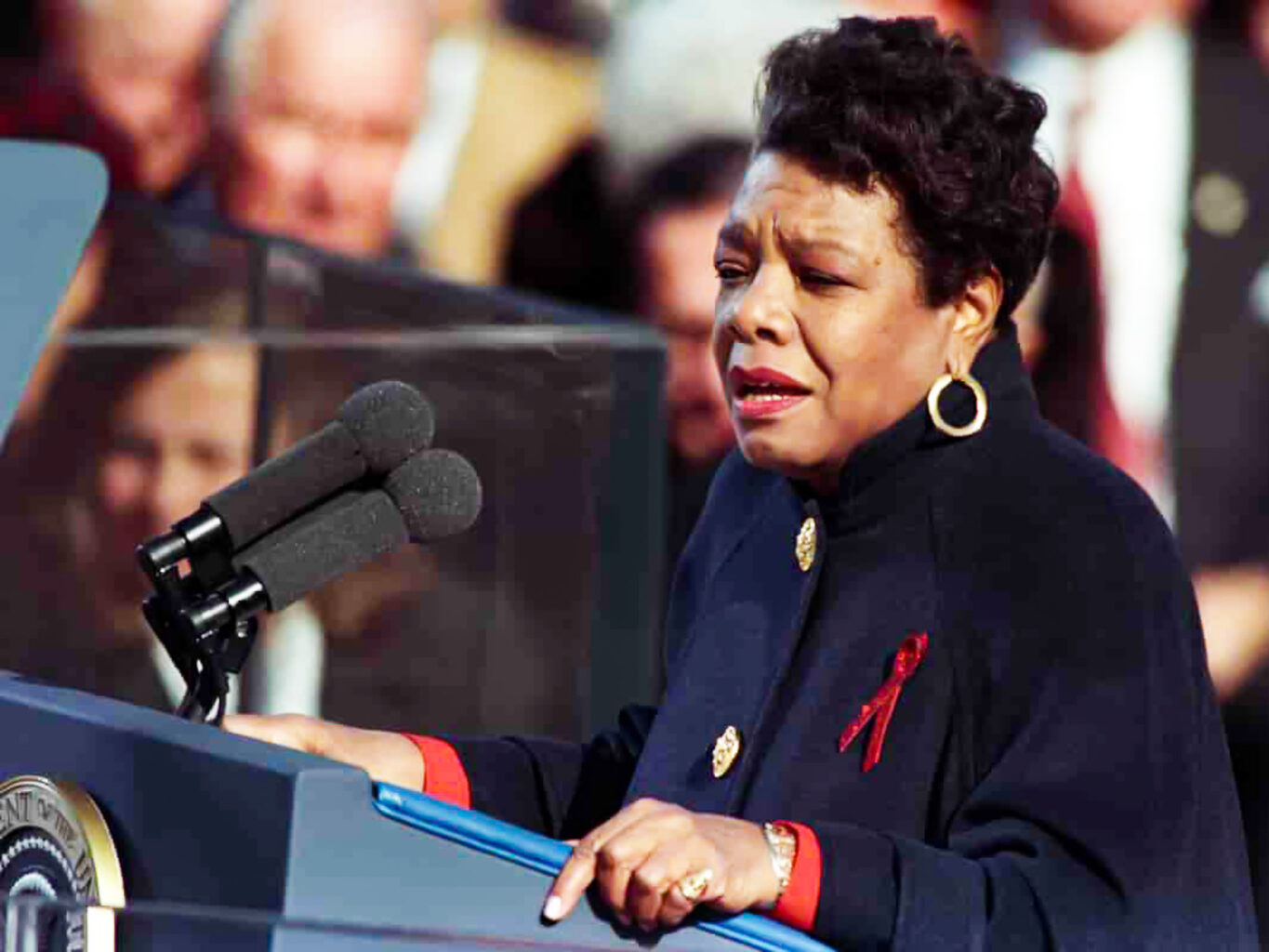From 2022 on, the US quarter coin will depict five women whose life work have had a great impat on the history of the US. The first is Maya Angelou, artist and civil rights icon that died in 2014. This not only indicates the value of political recognition of women, but also an indication that progress is being made in the collective understanding of marginalization and discrimination.
A picture of hope
My mother had a special jewelry box inlaid with mother-of-pearl flowers and butterflies. Inside it held a little ballerina that danced to music, tiny boxes of rings and necklaces from her mother, and some of our baby teeth. When occasionally she shared the contents with us, she would open a small silk pouch and pull out two 1979 Susan B. Anthony coins, their shape seemed slightly different with implied squared edges. As a girl, these coins felt mysterious to me, evoking a snese of wonder and a wish. I did not know this was the first time a woman was represented on a coin, nor did I realize their significance
These moments of identification with female leaders, wherever I could find them, were important to me. They were made even more vibrant if their skin and hair were dark like mine. With a lack of representational images in a main stream culture, I found myself identifying with my TV heroes; Woder Woman, Jem, and Charlie’s Angels. My first-generation immigrant friends all wondered about these attempts to find ourselves in American culture. Where in everyday life could we see people we identified with? Women who looked like us?

The Sacagawea dollar coin, issued in 2000, was special with its golden olor depicting mother and child, but like the Susan B. Anthony dollar coin, their power as currency never gained traction. Quarters still have more efficacy in the US. Moving female depictions on currency from rarely used dollar coins to frequently used quarters is perhaps, on some level, a recognition of the power of women in mainstream society. The American Women Quarters series is now circulating into the hands of women and girls across the US, with the first coin artfully depicting Maya Angelou (April 4, 1928–May 28, 2014). Later in 2022 we will see more quarters in the series depicting astronaut Sally Ride, Principal Chief of the Cherokee Nation Wilme Mankiller, Superintendent of Santa Fe public schools, Nina Otero-Warren, and the first Asian American leading actor Anna May Wong.
In January 2021, Janet Yellen became the first female US Treasury Secretary. In this recent statement she said, «Each time we redesign our currency, we have the chance to say something about our country — what we value, and how we’ve progressed as a society. I’m very proud that these coins celebrate the contributions of some of America’s most remarkable women, including Maya Angelou.»1
A story of struggle, a song of strength
In 1999, I saw Maya Angelou speak at a local university. I recall standing in the back of the room where she spoke, crying while she invited each of us into a hopeful picture of equality and love, while detailing the searing discrimination she experienced throughout her life. The US and its culture of fame and popularity didn’t seem to fit with the sensitivity of poetry, but the auditorium where she was speaking was completely full. Along with her volumes of poetry, Angelou wrote several autobiographical books detailing her struggle, including ‹I Know Why The Caged Bird Sings›, an account of her childhood battles with racism, sexism, and trauma while growing up in Stamps, Arkansas. Throughout the book, Angelou’s belief in the power of literacy shines through, with poetry and prose bringing her back to her true self several times after traumatic events. For example, Angelou contends with complex guilt after her mother’s boyfriend, brought to trial for raping her at age 8, is murdered. She loses her ability to speak, feeling that her words are what brought death upon him. Through poetry she finds her voice again. Angelou’s courage is evident in all of her life decisions. When she gives birth to a son at the age of 16, she is determined to provide for them financially on her own and works in night clubs, as a cook, and as a sex-worker. She was also the first black female tramway conductor in San Francisco. Later she made a career as an actress, dancer, songwriter, producer, poet and civil rights activist. She was the first woman and first African-American to read her poetry at a presidential inauguration for President Bill Clinton in 1993.

Invite for compensation
When I look back at the moments in my life where the image of a remarkable woman evoked a sense of mystery within me, I see them as times of recognition of the divine feminine emerging in mainstream culture and within my own consciousness. Where else do we see this rise of the divine feminine in our culture? The Me Too movement, a new understanding of the crippling effects of the patriarchy, and Black Lives Matter all help us to understand marginalization, racism, and sexism, each of which are constructs deeply tied to the way we use money. Representation on currency is symbolic but also active and deeply real. Money is often used for power, suppression, and aggression. What might happen if these feminine depictions could allow us to bring money into its right relationship with the circulatory system? Used for flow – rather than force?
Perhaps this is too great of a wish for a coin, but Maya Angelou has a strength that seems to make all things possible. Not only is she the first black woman on a coin, she is a writer and poet whose inspiring words have impacted millions of lives. She offered us a deep and courageous vision of the divine feminine, and also a wish for balance, equity, and a sense that each of us can be treasured for who we are.
From Maya Angelou`s 1978 poem ‹Still I Rise›: «You may write me down in history / With your bitter, twisted lies, / You may trod me in the very dirt / But still, like dust, I’ll rise.»









